NRC WILL HOLD A PUBLIC MEETING TO DISCUSS 2010 PERFORMANCE ASSESSMENT OF COMANCHE PEAK NUCLEAR POWER PLANT
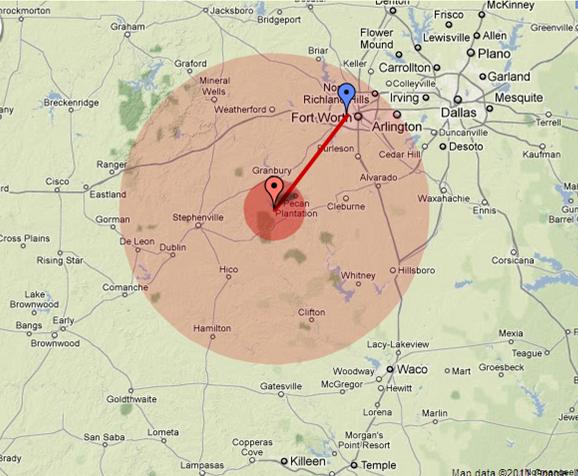
Most of us are familiar with the 10 and 50 mile zones around Fukushima, this map shows those same zones around the Comanche Peak nuclear plant located just 38 miles outside of Fort Worth.
The Nuclear Regulatory Commission staff will meet in Glen Rose, Texas, on Thursday, May 12, with representatives of Luminant Generation Co., to discuss the agency’s assessment of safety performance for the Comanche Peak Nuclear Power Plant. The plant is located near Glen Rose.
The meeting, which will be open to the public, is scheduled to begin at 6 p.m. at the Somervell County Expo Exhibit Hall, 102 Northeast Vine Street, Glen Rose, Texas.
In addition to the performance assessment, the NRC staff will be available to answer questions from the public on the safety performance of Comanche Peak and the NRC’s role in ensuring safe plant operation.
The meeting will provide an opportunity for NRC to discuss their annual assessment of the plant with the company, local officials and the public. NRC will answer any questions attendees may have about their oversight.
A letter sent from the NRC Region IV office to plant officials addresses the performance of the plant during 2010 and will serve as the basis for discussion. It is available on the NRC website – click here to read the letter.
In light of public concerns that have emerged regarding the safety of nuclear plants here in the U.S. in the wake of the Japanese nuclear disaster at Fukushima, this public meeting provides an excellent opportunity for citizens living 10, 50, or even 150 miles away to find out what measures are in place at Comanche Peak to protect it’s neighbors.
Related Articles
- NRC chief says nuke agency to look at flood risk (sfgate.com)
- America’s Nuclear Nightmare: The U.S. has 31 aging reactors just like Fukushima (rollingstone.com)
- NRC chief questions blackout plans for US plants (sfgate.com)
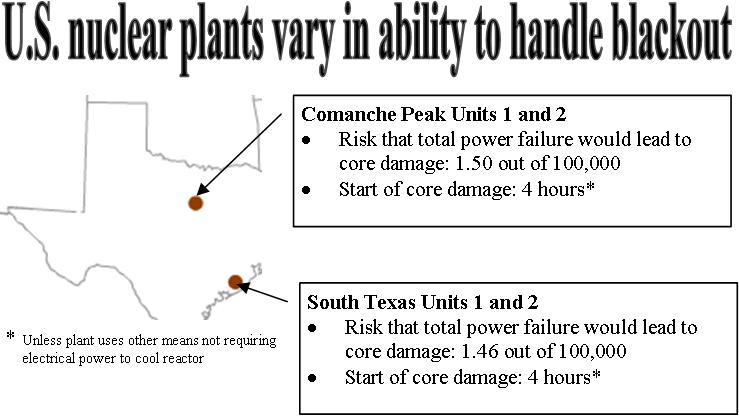
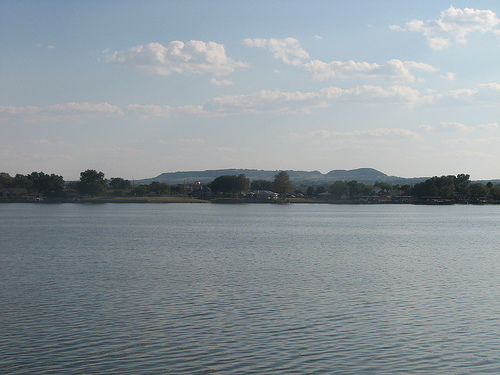



 Oral Hearing Set for June 10th-11th in Granbury, TX
Oral Hearing Set for June 10th-11th in Granbury, TX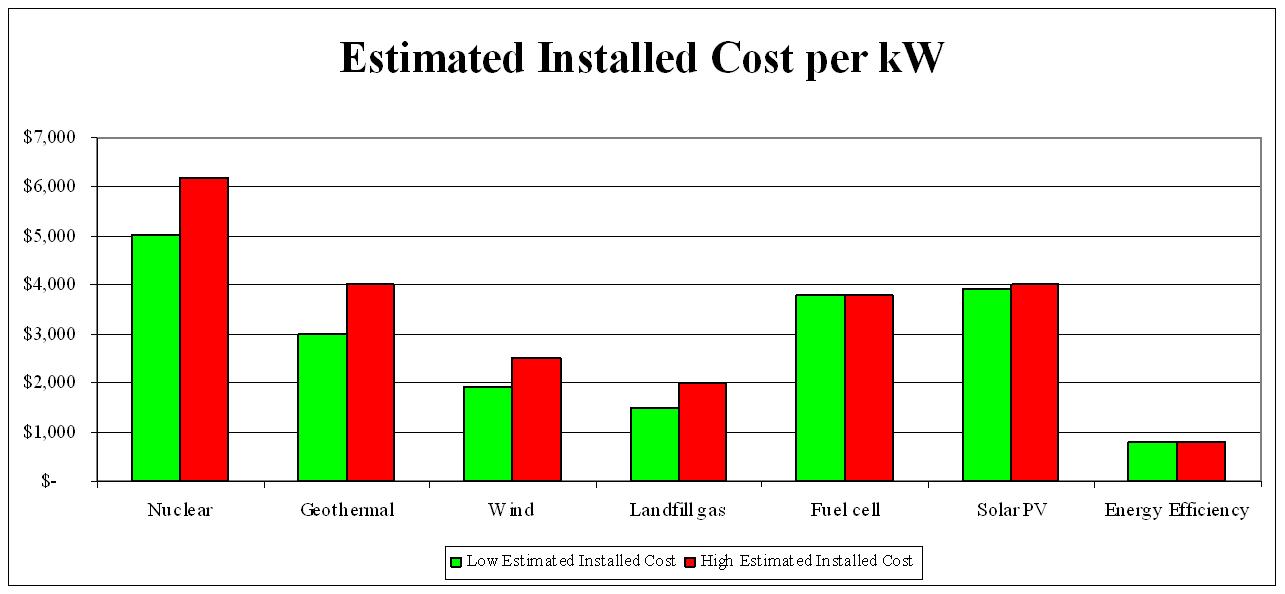
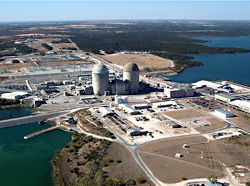 In an era dubbed a “nuclear renaissance” by the nuclear industry and during which the Bush Administration has pushed one package of subsidies after another, the Nuclear Regulatory Commission (NRC) has indicated that they expect up to thirty applications to be filed to build additional nuclear plants. Currently, five or six of those proposals are moving through the complicated multi-stage process. Of these early applications, three of them (for 6 nuclear units, 2 per application) are proposed for Texas.
In an era dubbed a “nuclear renaissance” by the nuclear industry and during which the Bush Administration has pushed one package of subsidies after another, the Nuclear Regulatory Commission (NRC) has indicated that they expect up to thirty applications to be filed to build additional nuclear plants. Currently, five or six of those proposals are moving through the complicated multi-stage process. Of these early applications, three of them (for 6 nuclear units, 2 per application) are proposed for Texas.

